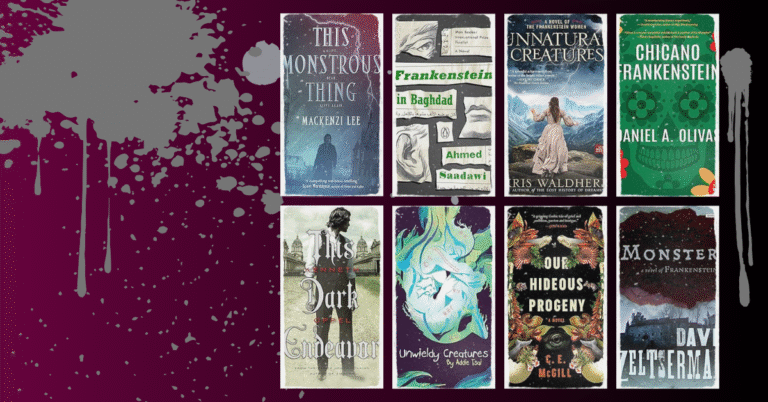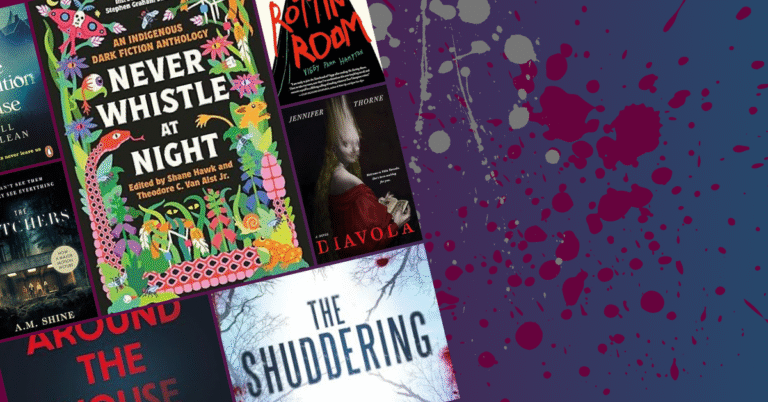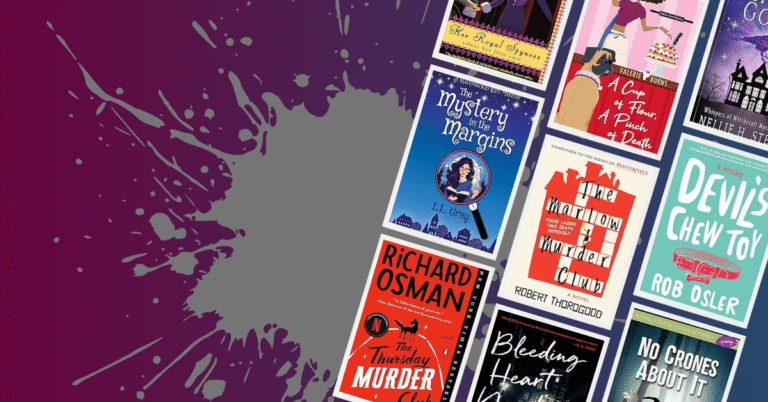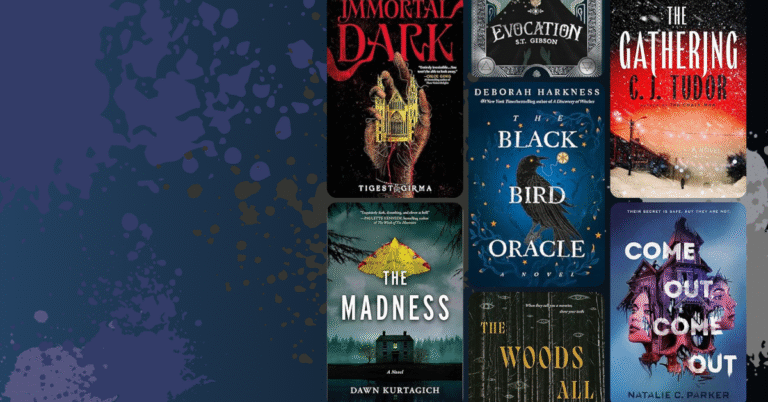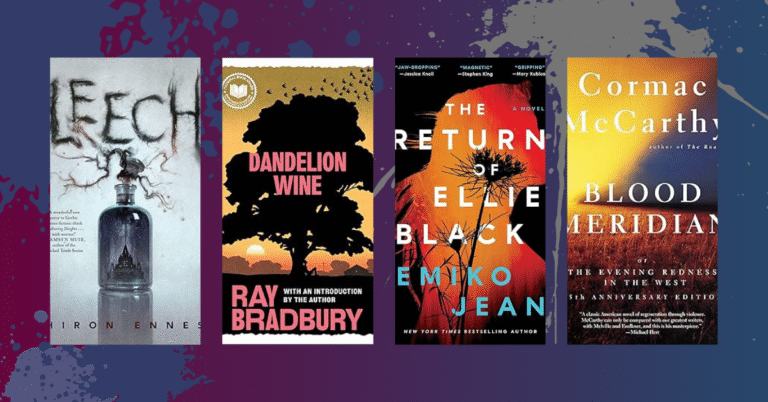Because Speeding Through Pages Shouldn’t Mean Skimming Through Understanding
If you’ve ever wondered how to read faster without feeling like you’re missing half the story, you’re in the right place. Whether you’re tackling a hefty fantasy series, racing through your nonfiction TBR, or just trying to outpace your growing pile of book deals (relatable), the goal is the same: read more, remember more, and actually enjoy the process.
Learning how to read faster isn’t about rushing—it’s about training your brain and eyes to work more efficiently. And no, it doesn’t require fancy speed-reading apps. Just a few smart techniques and a little practice.
How to Read Faster Without Losing Comprehension: 6 Techniques That Actually Work
Ready to boost your reading speed without sacrificing your understanding? These six techniques will help you streamline your reading process, improve focus, and make every page count.
1. Skimming: The Art of Selective Reading
Reading more doesn’t always mean reading slower. Skimming is a technique that lets you get the lay of the land before diving in—and yes, it’s completely legit (and incredibly useful).
When you skim, you’re scanning for structure: headings, subheadings, bolded phrases, or anything that jumps off the page. It’s about identifying key ideas quickly so your brain knows what to expect. This makes it easier to absorb and retain information when you do go back for a closer read. Think of it like previewing the trailer before watching the movie—it gives you just enough to get excited and stay focused.
Skimming is especially helpful with nonfiction, study materials, or any content where the main points are the goal. It’s not about skipping the story—it’s about setting the stage so you can enjoy (and remember) more of what matters.
So no, we’re not saying “read less.” We’re saying: read smarter.
2. Chunking: Processing Information in Groups
If you’ve ever caught yourself reading one… word… at… a… time, you already know how painfully slow that can be. Chunking is here to fix that.
Rather than reading each word like it’s on its own island, chunking trains your brain to see phrases—groups of two, three, or even four words—as single units. It’s a small shift with big results: fewer eye movements, less mental stop-and-go, and a much smoother reading experience overall.
For example, instead of reading “the cat sat on the mat” as six separate words, your brain starts to see it as “the cat / sat on / the mat.” The meaning clicks into place faster, and you’re already on to the next sentence.
To get started, try using a visual guide (like your finger or a pen) to guide your eyes across the page, pausing only at small clusters of words. As your brain adjusts, you’ll naturally begin to group larger chunks—no need to force it.
And don’t worry: comprehension doesn’t get tossed out the window. In fact, chunking can improve understanding by helping your brain absorb ideas as complete thoughts instead of fragmented bits.
It’s like switching from single-file reading to express-lane processing—and once you get the hang of it, there’s no going back.
3. Minimizing Subvocalization: Silencing the Inner Narrator
You know that little voice in your head that reads along with you? The one that insists on narrating every single word like it’s auditioning for an audiobook?
That’s subvocalization—and while it might feel natural, it’s one of the biggest speed bumps in your reading flow.
Subvocalization is the act of mentally (or sometimes even physically) sounding out words as you read. Most of us do it without thinking.
And while it’s not bad, it does put a cap on your reading speed—usually limiting it to how fast you can “speak” the words in your head. Spoiler: your brain can process words way faster than your inner narrator can keep up.
The goal here isn’t to eliminate comprehension—it’s to let your brain take the lead.
Try using a pointer (like your finger or a pen) to guide your eyes forward at a faster pace. This trains your brain to follow visual cues instead of relying on your internal voice to “say” every word.
Other tricks?
Listen to instrumental music while you read—it distracts the part of your brain that wants to vocalize.
Or try chewing gum. It’s oddly effective at keeping your mouth occupied so your mind doesn’t feel the need to fill the silence with whispered syllables.
The result?
You’ll start gliding through sentences faster, focusing on meaning rather than mouthing, and—best of all—you’ll still retain what matters. Because while your inner narrator is charming, it’s probably time to let them take a coffee break.
4. Using a Visual Guide: Directing Focus Efficiently
Let’s face it: even the most devoted reader has had those moments where their eyes dart around like a caffeinated squirrel. A sentence in, a sentence out, then—wait, what did I just read?
Enter the visual guide: a deceptively simple tool that can seriously sharpen your focus. Whether it’s your finger, a pen, or even the edge of a bookmark, using a guide to track your reading line by line helps anchor your gaze and keeps your brain engaged with the text in front of you.
This technique, known as meta guiding, works by giving your eyes a physical path to follow. Instead of wandering aimlessly across the page or skipping back to re-read (a common time-waster), your visual guide encourages smoother, more consistent eye movement. It’s a bit like setting your reading pace on rails—steady, intentional, and way less likely to derail.
Start by underlining the line as you read it—not too fast, not too slow. You’ll naturally begin to follow the motion, and over time, you’ll find yourself moving faster without sacrificing comprehension.
Bonus: this also helps quiet internal distractions. When your eyes are focused and your hands are involved, it’s harder for your mind to drift off into grocery lists, weekend plans, or existential dread.
So if you’ve ever caught yourself re-reading the same line five times, give meta guiding a try. It’s simple, low-tech, and surprisingly effective—and hey, your finger’s already right there.
5. Expanding Peripheral Vision: Seeing More at a Glance
Believe it or not, your eyes are capable of a lot more than just hopping from word to word like they’re stepping stones. With a little practice, you can actually train your peripheral vision to take in more words at once—kind of like upgrading your reading from standard definition to widescreen.
Most readers rely on a narrow focal point, reading word by word in a straight, linear fashion.
The problem?
That creates a stop-start rhythm, slowing you down with every tiny pause (called a fixation) your eyes make. But when you train your peripheral vision, you start to expand that focus—capturing chunks of text in each glance, rather than single syllables.
To start, try focusing your eyes on the middle of a line of text. Without shifting your gaze, see how many words you can pick up to the left and right.
Don’t worry if it feels awkward at first—your brain is just warming up. Over time, this practice teaches your eyes to stretch their range and your brain to recognize word patterns faster.
The goal isn’t to read the edges of your vision like a superpower—it’s to reduce how often your eyes need to stop and recalibrate. Fewer fixations mean more fluid reading, and more fluid reading means—you guessed it—better speed without sacrificing comprehension.
Think of it as leveling up your field of view. You’re not reading harder, you’re just seeing smarter.
6. Practice and Consistency: Building the Habit
Let’s be real—no one becomes a faster reader overnight. (If only!) Like learning an instrument or training for a marathon, improving your reading speed takes time, repetition, and a little bit of patience. The good news? You’re already doing the most important part: reading.
The key to making these techniques stick—whether it’s chunking, minimizing subvocalization, or using a visual guide—is consistent practice. And no, that doesn’t mean turning every cozy reading session into a boot camp.
Start small: 10–15 minutes a day is enough to begin seeing progress. Pick material you enjoy, try out one new technique at a time, and slowly increase the length and difficulty as you get more comfortable.
Tracking your progress can also help. Try timing yourself once a week while reading a page or two from a familiar book. You’ll likely notice not only an increase in speed, but also a boost in comprehension—because the more you practice reading efficiently, the more natural it becomes.
And here’s the best part: unlike crash diets or forgotten gym memberships, this is a habit that rewards you with more books, more knowledge, and yes—more satisfaction. So stick with it. Your future, speedier self will thank you.
Speed Is Nothing Without Understanding
Reading faster doesn’t mean rushing. It means reading better—with more focus, more intention, and yes, more books devoured in less time. With tools like skimming, chunking, visual guides, and a little inner-narrator taming, you’re not just speeding through pages—you’re actually retaining more and enjoying the ride.
And like any skill worth building, this gets easier (and more satisfying) the more you practice. So why not start now?
Ready to Test Your New Skills?
Head over to our past book deals and grab something to practice with—your future faster-reading self will thank you.
And while you’re at it, make sure to sign up to our daily deals emails. Because no one should be paying full price for their next favorite book. Seriously. That’s just rude to your wallet.
Smarter reading, better deals. Let’s make it a habit.


